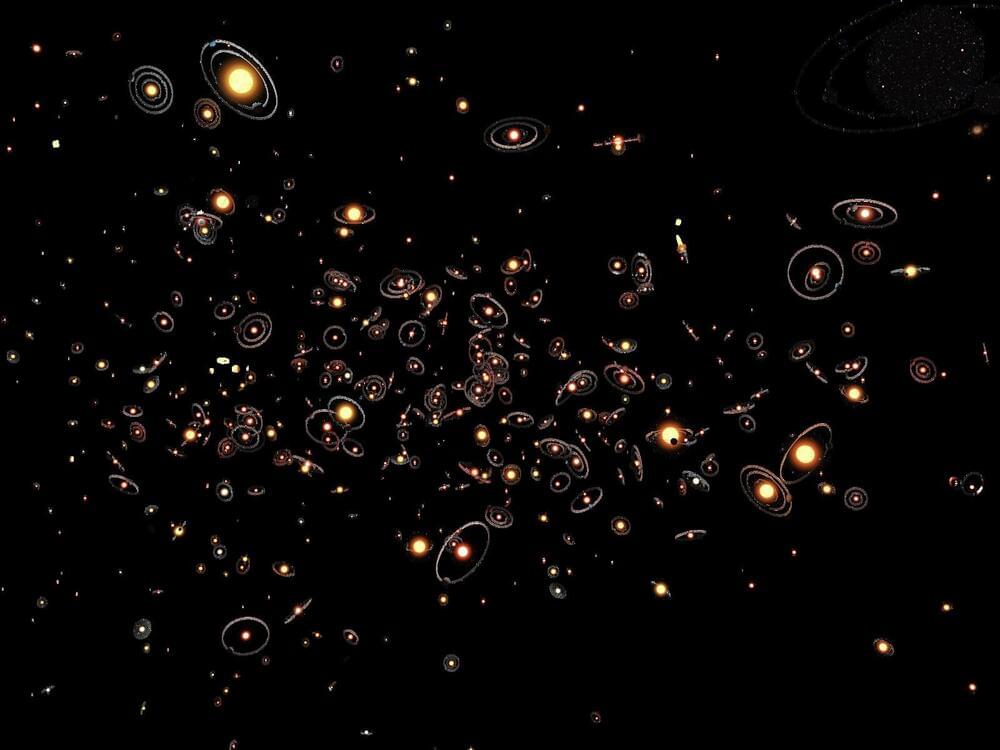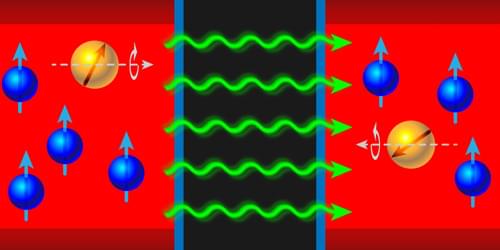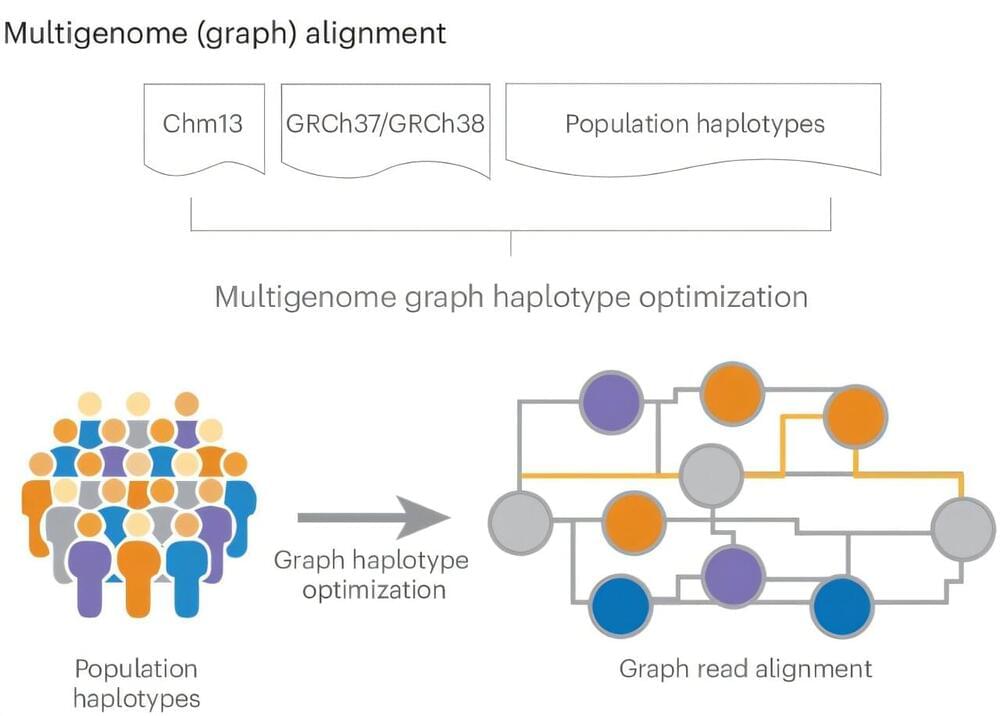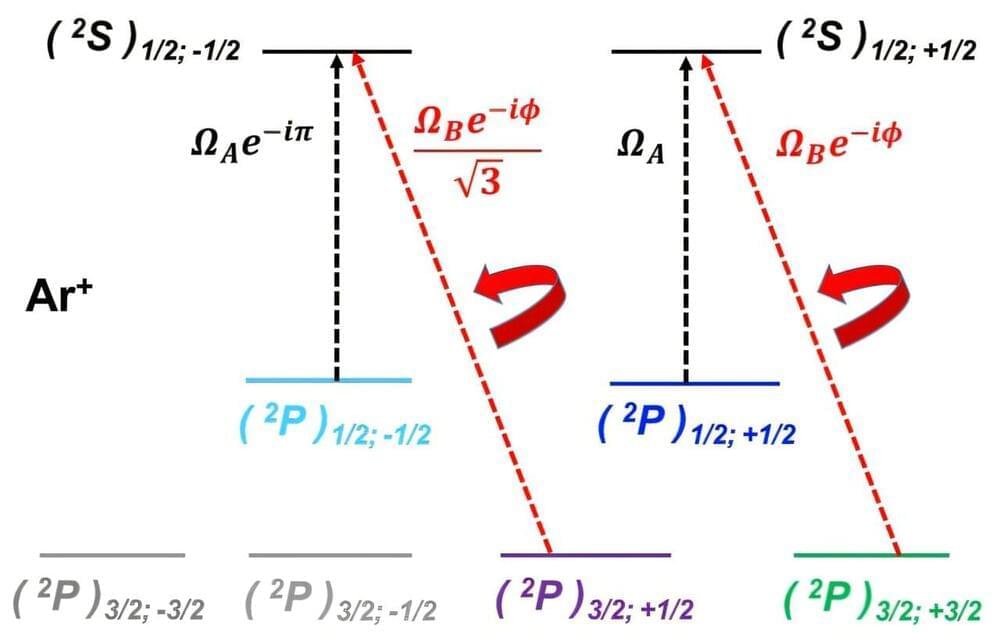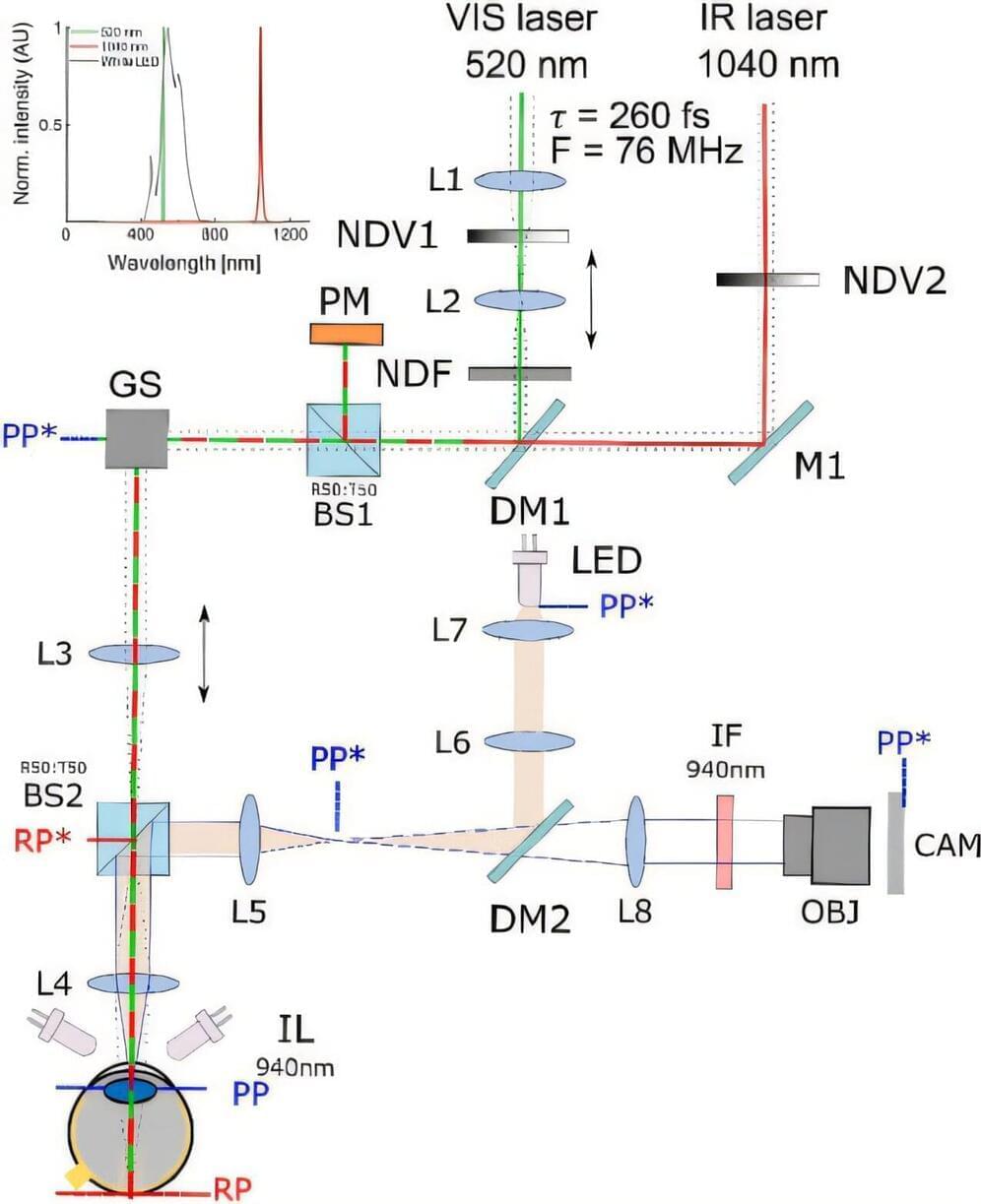Nov 9, 2024
There’s a Curious Link Between Depression And Body Temperature, Study Finds
Posted by Saúl Morales Rodriguéz in category: neuroscience
To better treat and prevent depression, we need to understand more about the brains and bodies in which it occurs.
Curiously, a handful of studies have identified links between depressive symptoms and body temperature, yet their small sample sizes have left too much room for doubt.
In a more recent study published in February, researchers led by a team from the University of California San Francisco (UCSF) analyzed data from 20,880 individuals collected over seven months, confirming that those with depression tend to have higher body temperatures.

